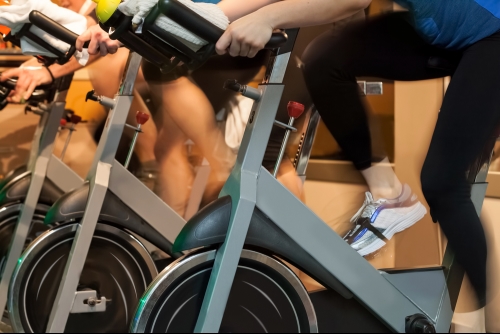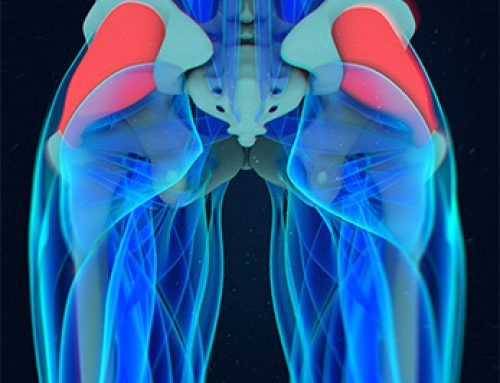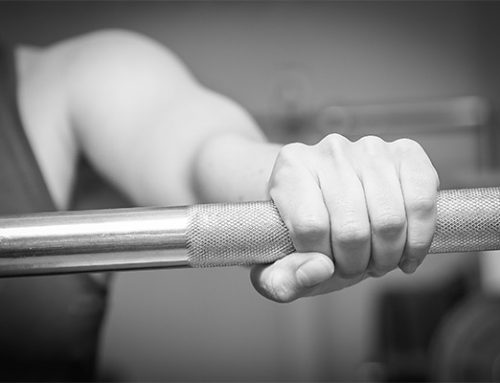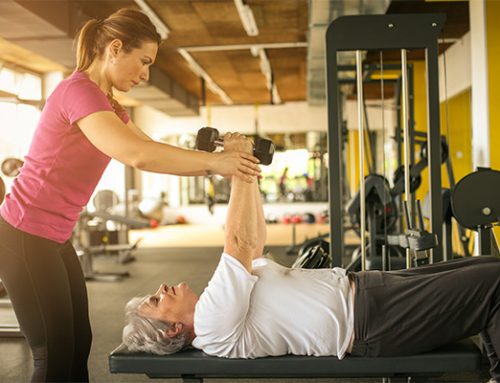There are numerous benefits that exercise can provide for your general health, happiness and well being. Safe exercise performance is important for your health, so before you start lifting those weights, consider your safety and read through our list of tips on proper form and exercising safely.

Tips for Proper Form
1. Check Your Technique and Program
If you’re just getting started, work with a knowledgeable weight-training specialist — a physiotherapist, exercise physiologist, personal trainer or other fitness specialist who’s familiar with proper weight training technique. If you’ve been using weights for a while, consider scheduling time with a trainer to double check your technique, program intensity, schedule and exercise components and identify any changes you may need to make for safety or to achieve superior exercise performance and fitness results.
2. Spinal Alignment
The spinal column is very prone to injury and proper back alignment is crucial for injury prevention and proper execution of exercises. Unless you are specifically targeting the lower back with exercises, the lower back should generally remain flat or slightly concave. To achieve this, you push your chest up and out and pull your shoulder blades together. This action of the shoulder blades is known as scapular retraction and is very important for almost all exercises. If you’re not sure whether you’re doing a particular exercise correctly, ask a personal trainer or other fitness specialist for help.
3. Take It Slow
When lifting weights, always move in an unhurried, controlled fashion. Taking it slow helps you isolate the muscles you want to work and keeps you from relying on momentum to lift the weight. Rest for about one minute between each exercise. Training too hard or too often can cause overuse injuries like stress fractures, stiff or sore joints and muscles, and inflamed tendons and ligaments. Sports that prompt repetitive wear and tear on certain parts of your body such as swimming (shoulders), jogging (knees, ankles, and feet), tennis (elbows) are often overdone. A mix of different kinds of activities and sufficient rest is much safer.
4. Always Warm Up
Cold muscles are more prone to injury than warm muscles; so before you begin your workout, warm up with five to 10 minutes of brisk walking or other aerobic activity. Always remember that stretching follows your warm-up as you can injure yourself if you try stretching cold muscles.
5. Know When to Stop
Stop exercising and seek medical help if you experience symptoms such as chest pain or other pain that could indicate a heart attack, including pain in the neck and jaw, pain travelling down the arm or pain between the shoulder blades. If you experience extreme breathlessness or a very rapid or irregular heartbeat during exercise, stop immediately.
6. Monitor Soreness
It is normal for your muscles to feel sore for 12 to 24 hours after a good workout. However, if you experience pain that occurs during your workout or immediately afterward, talk to your doctor or physiotherapist. The same goes for muscle soreness that persists for more than a week or two.
If you have an exercise injury and need advice or exercises to relieve it, contact one of our friendly exercise physiotherapy professionals in Adelaide today.



